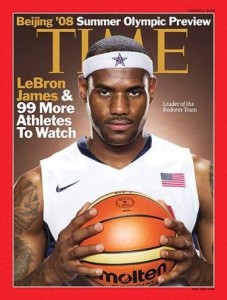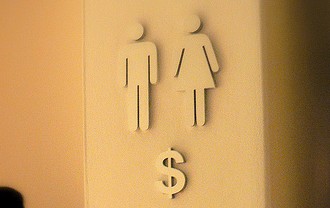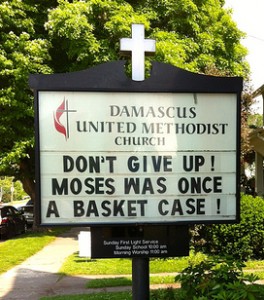
A new study from Purdue University lends weight to the idea that, emotionally, children do not always grow up in the “same” home. Research by Professor Jill Suitor and graduate student Megan Gilligan builds on this with a bit of sibling rivalry: siblings are likely to be more bothered by perceived favoritism from fathers than from mothers.
Other work has shown moms who picked “favorites” had caused sibling tension, but studying the influence of both parents was a novel approach. Revisiting 2008 interviews (from the Within-Family Difference Study) with “Baby Boomers” whose parents were still alive, the authors spotted the difference. Karl Pillemer of Cornell University, who has worked with Suitor and Gilligan on this data previously, commented in a HealthCanal article:
We often think of the family as a single unit, and this reminds us that individual parent and child relationships differ and each family is very complex. Favoritism from the father could mean something different than favoritism from the mother. We suggest that clinicians who work with families on later-life issues be aware of this complexity and look for such types of individual relationhsips as they advise families on care giving, legal, and financial issues.
Suitor also offered an explanation:
Mothers are often more open and affectionate with their children, whereas fathers have sometimes been found to be more critical, leading offspring to be more concerned when fathers favor some children over others.
From families to gender, culture, and the lifecourse, scholars are sure to take up this new angle on household dynamics.









